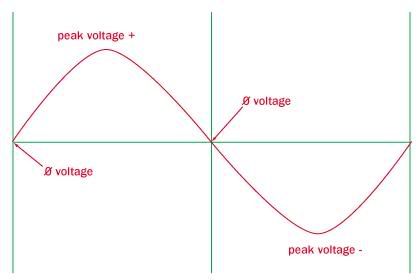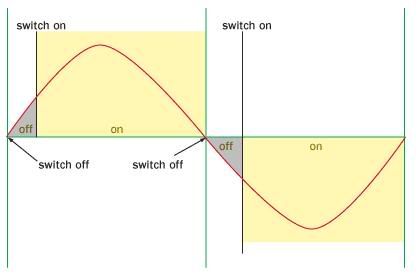I was having a conversation with a co-worker trying to explain how a light dimmer switch works.
I explained that the light dimmer was like a potentiometer that varied that was a variable resistor. When increasing the resistance on this resistor this would limit the current flow through the light circuit and therfore cause the light to dim.
The reason the light dims is becasue of the fact the the amount of light is equal to the electrical power in the light represented by I^2R. So by increasing the resistance via the dimmer the current will decrease and thus decrease the power in the light and causing it to dim.
Is this a correct explanation?
I explained that the light dimmer was like a potentiometer that varied that was a variable resistor. When increasing the resistance on this resistor this would limit the current flow through the light circuit and therfore cause the light to dim.
The reason the light dims is becasue of the fact the the amount of light is equal to the electrical power in the light represented by I^2R. So by increasing the resistance via the dimmer the current will decrease and thus decrease the power in the light and causing it to dim.
Is this a correct explanation?


